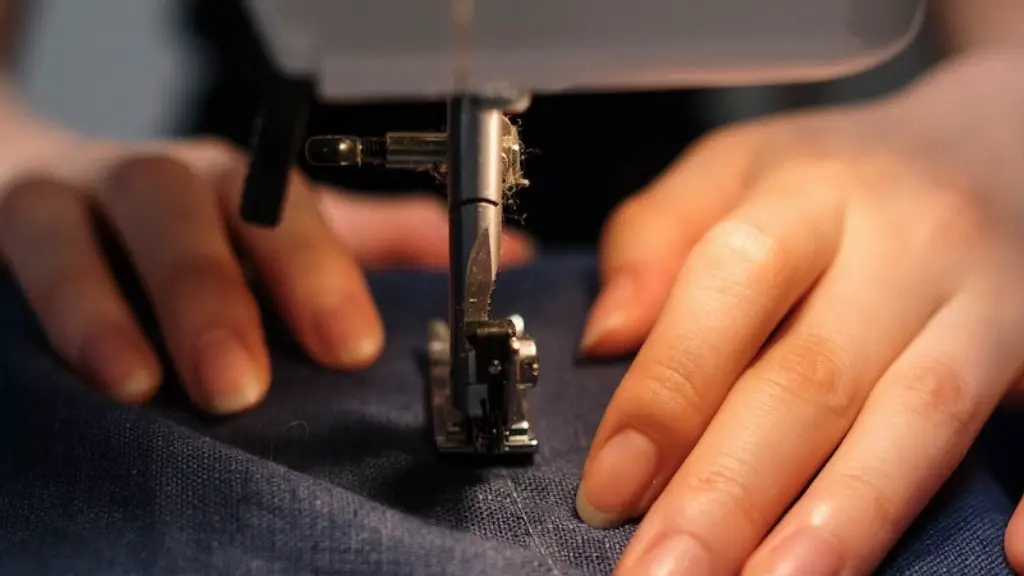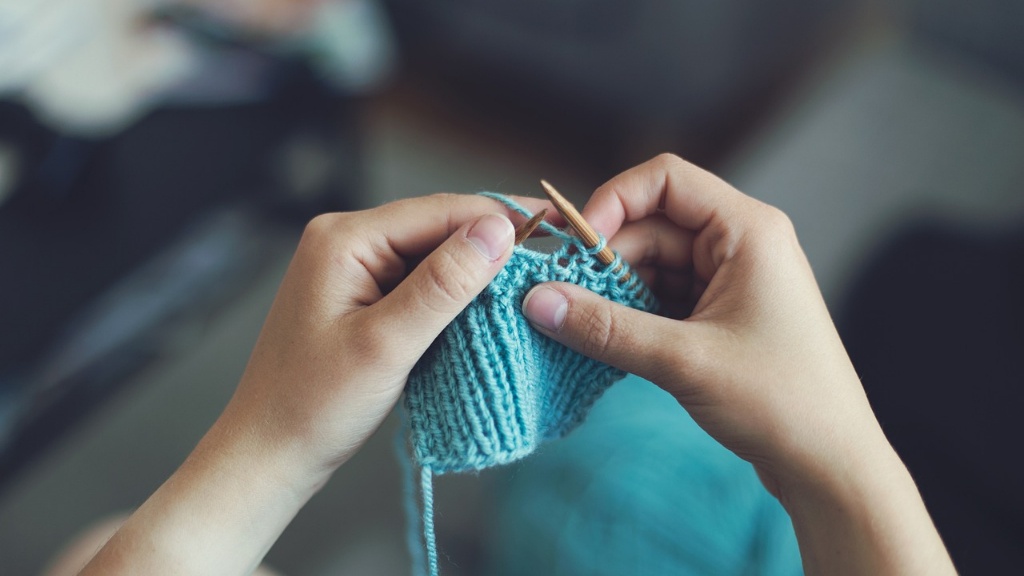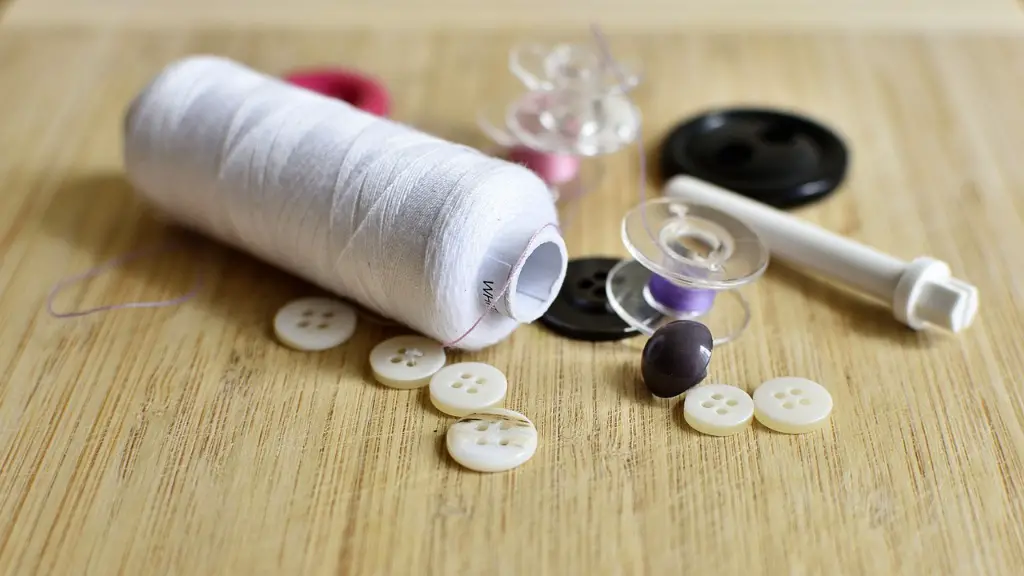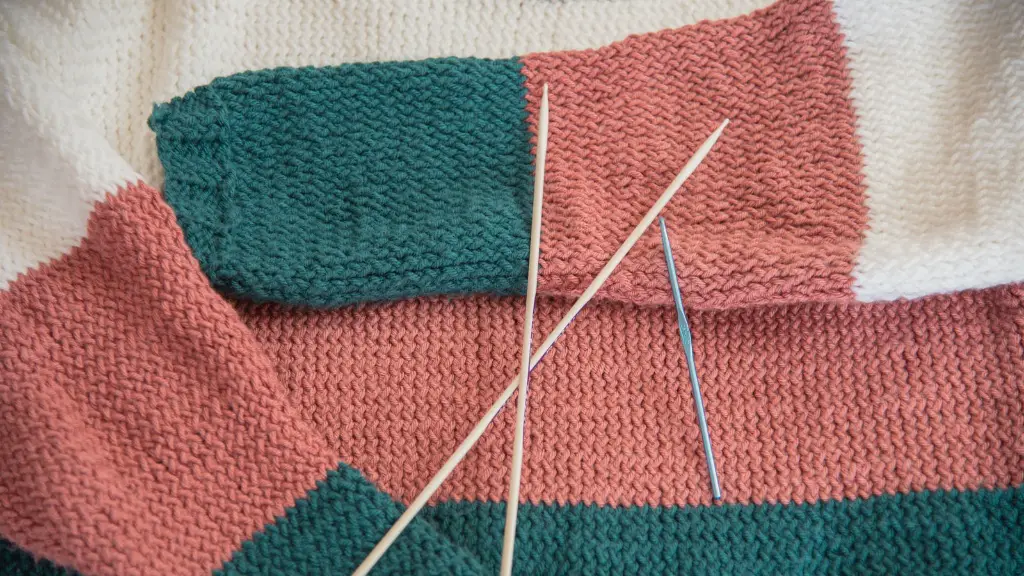Vintage Singer sewing machines are considered some of the most iconic pieces of sewing machinery. Not only were they the first sewing machines to be widely available, they were also among the first to be mechanized and widely adopted. Singer machines still remain popular with generations of long-time sewists, as well as collectors, who both seek out these iconic pieces of history for their prized collections.
Singer sewing machines have been an essential part of the fabric of everyday life since the 1860s. Despite the decades-long ups and downs in the sewing industry, the Singer brand name has remained a well-known presence in both taste-making circles and pop culture. While some of the older models may still be used for sewing and mending, most of these machines are now seen as collectible items.
But how much do these old Singer machines actually sell for? Depending on the exact model and year produced, Singer sewing machines could go for anywhere from a few hundred dollars to thousands. Some of the rarer models produced prior to the 1960s can even sell for upwards of $5,000. So it’s not just a matter of age, but also scarcity and demand.
The availability of these vintage machines has also been impacted by time. When purchasing a vintage sewing machine it’s important to consider condition, missing parts, maintenance needs, year made, and current market value. Keep in mind, while a fully functioning machine is more difficult to find, they are worth more. Machines that still work tend to increase in value at higher prices, so it’s always worth doing a bit of research.
Age is one of the most important factors to consider when assessing a Singer sewing machine’s value. Generally, the older the machine, the more valuable it is. Machines manufactured between the 1940s and 1960s are particularly sought after by collectors. Meanwhile, later models, such as those currently sold in stores, will likely have a much lower resale value.
Experts also emphasize the importance of taking the time to assess a machine’s condition. Machines that are missing essential parts, such as the foot pedal or needles, or those with rust or moisture-related damage can be a red flag for lower value. Machines that have all original parts, however, can often be resold for a higher price.
For both buyers and sellers of vintage Singer sewing machines, the Internet serves as an essential tool for research and market information. Both online auction and classified sites are the most convenient ways of finding a model of interest, as well as getting a sense of current market prices. Doing some research beforehand can help buyers find coveted machines at a good rate and sellers unload theirs faster.
Maintenance Tips
Caring for an old Singer sewing machine is relatively straightforward, though as with any machine, it is important to understand how to properly use and maintain it in order to get the most out of your purchase. Regular cleaning and checking for lint or dust accumulation is important, as these can cause performance issues. Additionally, many machines will require occasional oiling, though it is important to check the owner’s manual for specific instructions on how to do this.
Furthermore, quite a few parts are available on the market to upgrade or fix a Singer sewing machine. This is especially useful information for those on the hunt for a less than perfect machine. While these parts can be costly in some cases, they often provide a good way for users to fix up a machine and make it functional again. It’s also important to note that many of these machines have not been serviced in years and will likely need at least a basic overhaul to get back up and running.
In the event of needing a rebuild or overhaul, it’s important to hire a professional technician to ensure that the job is done right and the parts used are genuine. Sewing machine repair shops are the best places to look for help in this case, as they typically specialize in maintenance and repair of Singer machines. Otherwise, it is important to remember that resale value may be affected if parts are replaced with cheaper third-party alternatives.
Innovation Through Singer Sewing Machines
The Singer brand of sewing machines has been a source of innovation throughout history. From the first mechanized devices to the introduction of electric models, Singer has been at the forefront of technological advances in the industry. Singer models are still quick to utilize the latest innovations and feature many of the modern conveniences seen in modern-day sewing machines.
The development of computerized models and automated stitch-making are two of the most significant advancements made in modern sewing machines. Computerized machines can access hundreds of pre-programmed patterns stored in the machine’s computer system, and allow for the crafting of incredibly detailed designs without the need for repetitive manual labor. Meanwhile, the automated stitch-making technology has made it possible to create complex patterns with a fraction of the effort a regular sewing machine requires.
Other features particular to Singer machines include the adjustable stitch length and tension settings, as well as the all-important Bobbin threading system that eliminates the need to manually thread the machine. This is considered one of the most basic parts of the sewing process and is also a key reason why Singer machines remain so popular.
From their beginnings as the first mechanized stitches to the modern marvels they are today, Singer sewing machines have served as a symbol of innovation and creativity throughout history. As such, it is no surprise that these machines remain incredibly popular among sewists, collectors, and residents of the fashion world.
Conclusion
Vintage Singer sewing machines are beloved by sewers, collectors, and fashion professionals alike. Depending on the model, these machines can sell anywhere from a few hundred dollars to thousands. Age and condition are the two most important factors to consider when determining the value of a machine, though scarcity and demand can also play a part in resale pricing. In addition, online auctions and classified sites are great sources for researching current market prices for a particular model. Finally, with modern advancements in technology, Singer machines remain a source of innovation and continue to be a source of inspiration for sewers and fashion professionals.



